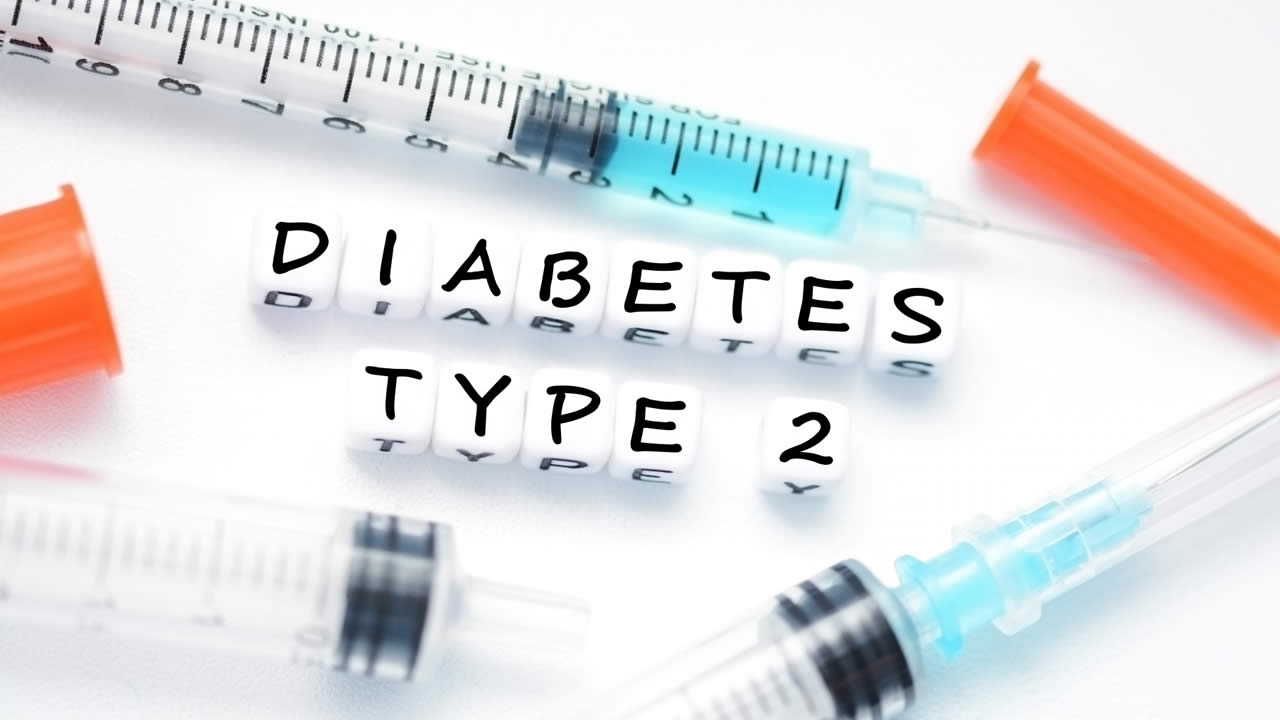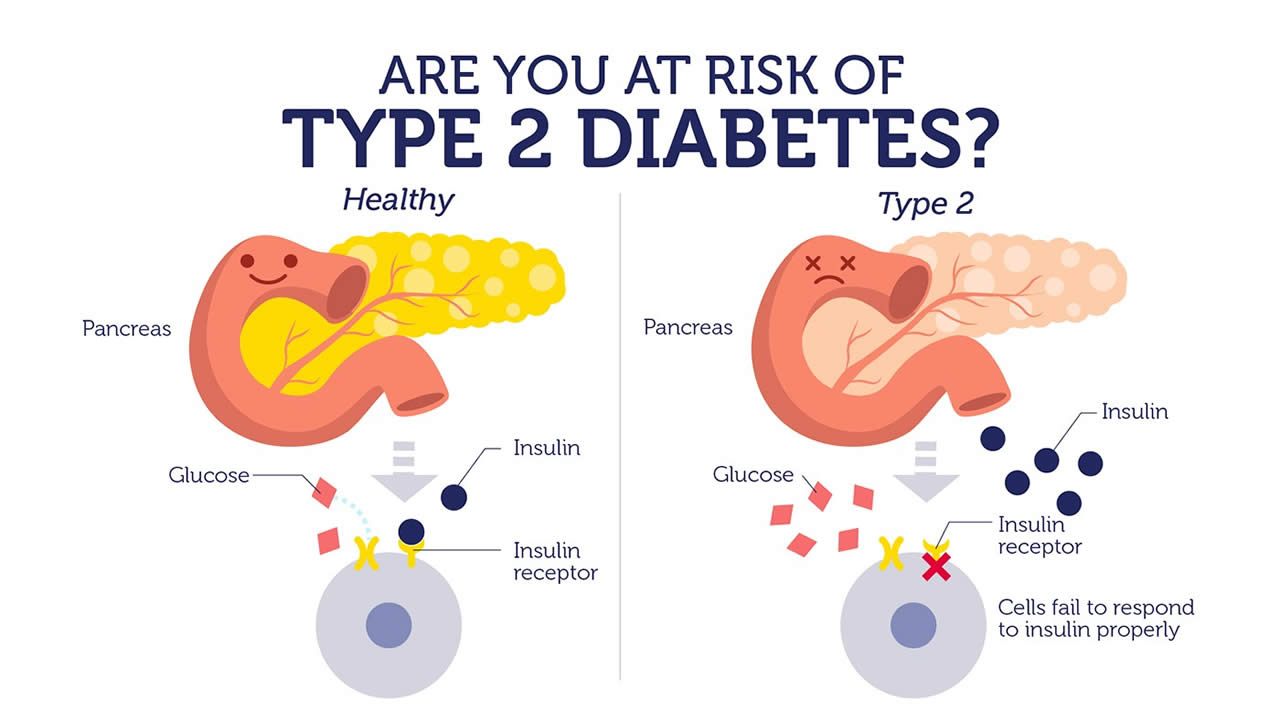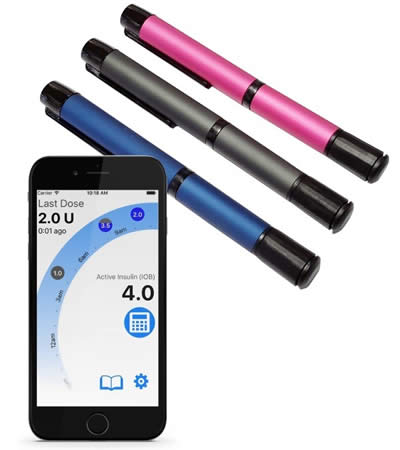
Type 2 diabetes is one of the most common type of diabetes. In the context of World Diabetes Day celebrated on 14th November, Dr Reshma Ramracheya and Dr Srishti Ramsaha shed light on the rising concern of Type 2 diabetes among children and adolecents in Mauritius.
Type 2 diabetes is generally characterized by insulin resistance, where the body does not fully respond to insulin. Because insulin cannot work properly, blood glucose levels keep rising, releasing more insulin. For some people with type 2 diabetes, this can eventually exhaust the pancreas, resulting in the body producing less and less insulin, causing even higher blood sugar levels (hyperglycaemia). According to the two researchers, to be healthy, a person’s blood glucose (sugar) levels need to be within a certain range. “Upon food intake, the concentration of glucose increases in the blood. The pancreas then releases the hormone insulin, which decreases glucose by converting it to glycogen for storage in the liver. When a person fasts or starves, the body produces its own glucose by converting the stored glycogen into sugar and this process is fulfilled by the hormone glucagon, which is also secreted from the pancreas. This tight regulation of blood glucose levels is known as glucose homeostasis. When the pancreas is unable to produce enough insulin, the glucose in the blood stays high and the process of homeostasis fails. This results in type 2 diabetes (T2D).”

Dr Srishti Ramsaha states that as per the American Diabetes Association, there were over 500 million cases of diabetes worldwide in 2018. Classically T2D manifests in people over the age of 45. Mauritius ranks 7th in the world for the highest prevalence of diabetes, and second worldwide for the highest number of deaths directly associated to diabetes, rendering the island as one of the worst affected parts of the world. “In fact, the diabetes plague has been crippling Mauritius for decades with significant ill-health and deaths due to the enormous burden associated with diabetic complications, especially kidney diseases and cardiovascular events. However, the island is on the verge of a new crisis as a new pattern of T2M prevalence emerges, in the substantially younger population, including children as young as 8. Some 20 years ago, T2D in children and adolescents was unheard of. The biggest risk factor for diabetes is increased body weight, and as our children and young adults continue to put on weight, it is possible that the frequency of diagnosis of pediatric type 2 diabetes outstrips that of type 1 diabetes in Mauritius.

Tackling this growing epidemic
According to Dr Reshma Ramracheya, diabetes is a chronic disease which requires lifelong treatment, is life-changing and poses an economic burden for the family and the society at large. “The long-term complications associated with the disease directly account for the heavy burden of morbidity and mortality. The sustained increase in blood sugar levels in diabetes is thought to be detrimental to major organs in the body, including the heart, blood vessels, nerves, eyes and kidneys, resulting in complications such as peripheral vascular disease, neuropathy, retinopathy, nephropathy and diabetic foot disease. Every year nearly 500 people suffering from diabetes undergo an amputation. However, despite the magnitude of the disease and its complications, it is not treated with the same level of urgency as other diseases such as cancer.”
She adds that it is vital to ensure that children and adolescents with T2M are regularly seen by a diabetologist and referred accordingly to an ophthalmologist, nephrologist, cardiologist and dentist. “Strict control and management of blood glucose are crucial to help prevent diabetes-related complications.”
Risk factors
Increasing obesity from energy-rich diet, sedentary lifestyle and genetic predisposition are driving the global pandemic of type 2 diabetes, avers the experts. “According to numerous reports, increased body weight is the number one risk factor for diabetes and childhood obesity is emerging as a serious public health problem. The number of obese children worldwide is predicted to increase from 150 to 250 million by 2030. Although evidence suggests that contribution of genetic predisposition to developing diabetes is less than 10%, this figure is expected to be significantly higher in Mauritius due to ‘inbreeding’ resulting in genetic enrichment for the disease. Other risk factors include race and ethnicity. For instance, people from Asian origin are at a higher risk of developing diabetes.”
Treatments
The two experts highlight that although highly effective drugs such as GLP-1 analogues, DPP-4 and SGLT2 inhibitors are available in Mauritius, the majority of patients in the state-funded health sector are only on metformin and/or insulin therapy. “New therapies such as GLP-1 analogues not only regulate blood glucose levels but have also been demonstrated in several controlled trials to exhibit additional benefits such as improved blood pressure, reduced risk of cardiovascular events and even weight loss. In contrast, metformin and insulin as monotherapy do not improve the complications associated with diabetes and are often linked with unpleasant side-effects such as gastrointestinal problems and weight gain, respectively.”
They further add that with regards to treatment options for children and adolescents with T2D, therapy is strictly limited. “The US Food and Drug Administration (FDA) has approved the use of metformin and the GLP-1 analogue, liraglutide for the treatment of pediatric patients 10 years or older with type 2 diabetes. There is currently a lack of research on the safety and efficacy of non-insulin hypoglycemic therapeutics in children. In Mauritius, the baseline treatment for pediatric patients with T2D remains metformin and/or insulin.”
Hope for future
Dr Reshma Ramracheya and Dr Srishti Ramsaha believes that there is a hope for the future as the various independent studies that diabetes can be reversed with intense lifestyle interventions. They put forwards that daily exercise also helps the body to become more sensitive to insulin. “In combination with a healthy diet, exercise can reduce the demand for insulin in the body and therefore help reverse diabetes.”
Additionally, research is ongoing to better understand the patho-physiology of the disease and new drugs are in the pipeline. Treatment options such as weight reduction surgery is also recommended for select group of patients with elevated body mass index.
 Going Digital for Diabetes Management : the time is now
Going Digital for Diabetes Management : the time is now
In a recent editorial within The Lancet journal, it has been warned that diabetes is turning into the plague of the 21st century. According to the International Diabetes Foundation (IDF), the global population affected by diabetes mellitus is projected to rise to 693 million in 2045, as compared to 425 million reported in 2017. Even in Mauritius, diabetes remains a serious health concern since around 40% of the Mauritian population are either diabetic or pre-diabetic. In order to reverse the underlying causes of this health issue, a multi-disciplinary and coordinated approach is recommended. As such, in addition to standardized medical treatment, good diabetes management is essential in order to enhance quality of life, prevent complications and reduce likelihood of premature deaths. This highly demanding responsibility can be facilitated through the use of innovative technologies in the forms of digital and smart diabetes solutions.
Technology and diabetes management
Earlier, blood glucose concentration among diabetic patients was commonly monitored using disposable diabetes test strips. With advances in technology, innovative devices and applications have emerged to better assist in the management and treatment of diabetes, while also improving quality of life for patients. Even though some key diabetes technologies such as glucometers progressed slowly within Mauritius, sale and use of other technologies in the forms of wearable devices, smart applications and implanted devices are only at nascent stage. This includes smart insulin pens as well as smart insulin pumps that perform necessary calculations in order to assist with administering the correct dose of insulin to patients, while also enabling monitoring (e.g. blood sugar levels and insulin doses) and even reminding patients to take their insulin doses.
Likewise, continuous glucose monitors such as Dexcom G6 enable real-time tracking of blood glucose levels to help diabetes patients make better informed decisions about dietary choices, physical exercises and medicines required daily. Less common technological tools include smart footwears (shoes, socks or insoles) with integrated sensors to reduce or prevent recurrence of foot ulcer among diabetics and skin patches that detect glucose levels in sweat and provide information through smartphones. Furthermore, even though there is ubiquitous use of smart phones in Mauritius, utilization of diabetes-related applications is still unpopular. Research evidence indicates that the use of such apps helps patients to advance their knowledge of diabetes towards reducing complications. In addition to mobile apps from vendors of smart devices, over 1,100 diabetes-related apps presently exist in application stores (Google Play and App Store) that target patients and even healthcare professionals. Such applications provide a variety of features for supporting diabetes self-management, monitoring food and nutrients intakes, tracking physical activity, as well as offering advices for healthier alternatives, while also establishing communities for patients to share their experiences. Some common examples include mySugr, Diabetes, Glucose Buddy, Beat Diabetes and MyFitnessPal.
Key barriers to the adoption of technological tools for diabetes management
Despite the various benefits that technology provides for diabetes management and treatment, adoption is low among diabetic patients in Mauritius, and this could be attributed to several factors. Amongst, a key barrier is lack of awareness among patients pertaining to the existence and availability of these smart diabetes management solutions. This could be due to lack of emphasis being put on the use of these technological tools during medical consultation, health education and counselling by healthcare providers. Secondly, since the most significant groups concerned by diabetes are people aged above 55 years, digital and technological literacy are important hurdles, where elderly users have limited familiarity in operating smart devices and mobile apps. This is worsened by linguistic barriers where tools do not translate to Creole. In addition, some smart diabetes solutions are expensive to procure and may need internet connectivity and subscriptions for operation, thus potentially discouraging patients. Finally, the socio-cultural barrier still prevails where a group of patients prefer to personally contact medical practitioners rather than placing premium on the use of technological tools for diabetes management. Other barriers include information security concerns and emotional barriers (e.g. patients do not want to be reminded about this health issue).

How to help Mauritians overcome these barriers?
In the current digital age, it has become imperative for healthcare practitioners to modernise their practice and patients to innovate their diabetes management techniques by better leveraging new technologies. To overcome the barriers discussed, actions from various stakeholders (including government, healthcare practitioners and patients) are necessary. The Ministry of Health and Quality of Life should include digital and smart diabetes solutions as part of national strategies to reduce prevalence of diabetes in Mauritius, as well as provide incentives to popularise such tools to patients. Since there is a market for such solutions in Mauritius, suppliers should be encouraged to import innovative medical devices for sale in pharmacies. Similarly, the research and development community in Mauritius should implement innovative solutions meant for the local context (e.g. mobile applications in Creole). Education is also key to improve visibility of such solutions while at the same time improving attitudes of doctors and patients towards use of technology. In this endeavour, relevant, continuous, and timely professional development must be offered to healthcare providers and counsellors so that they can revolutionize their practice and better promote innovative diabetes management solutions when interacting with patients. Likewise, education and practical demonstration of the use of innovative tools are among techniques to improve digital and technological literacy among patients. Also, the more tech savvy members at home can support elders towards making most of digital/smart diabetes solutions and provide necessary support when family members are using them.








